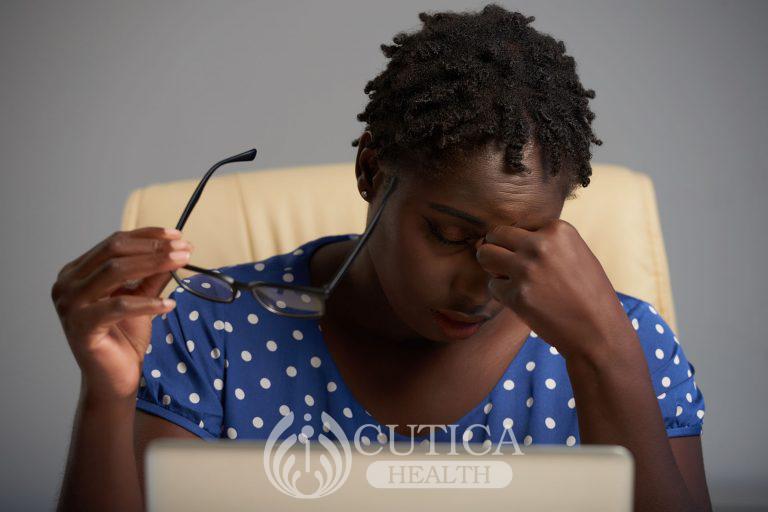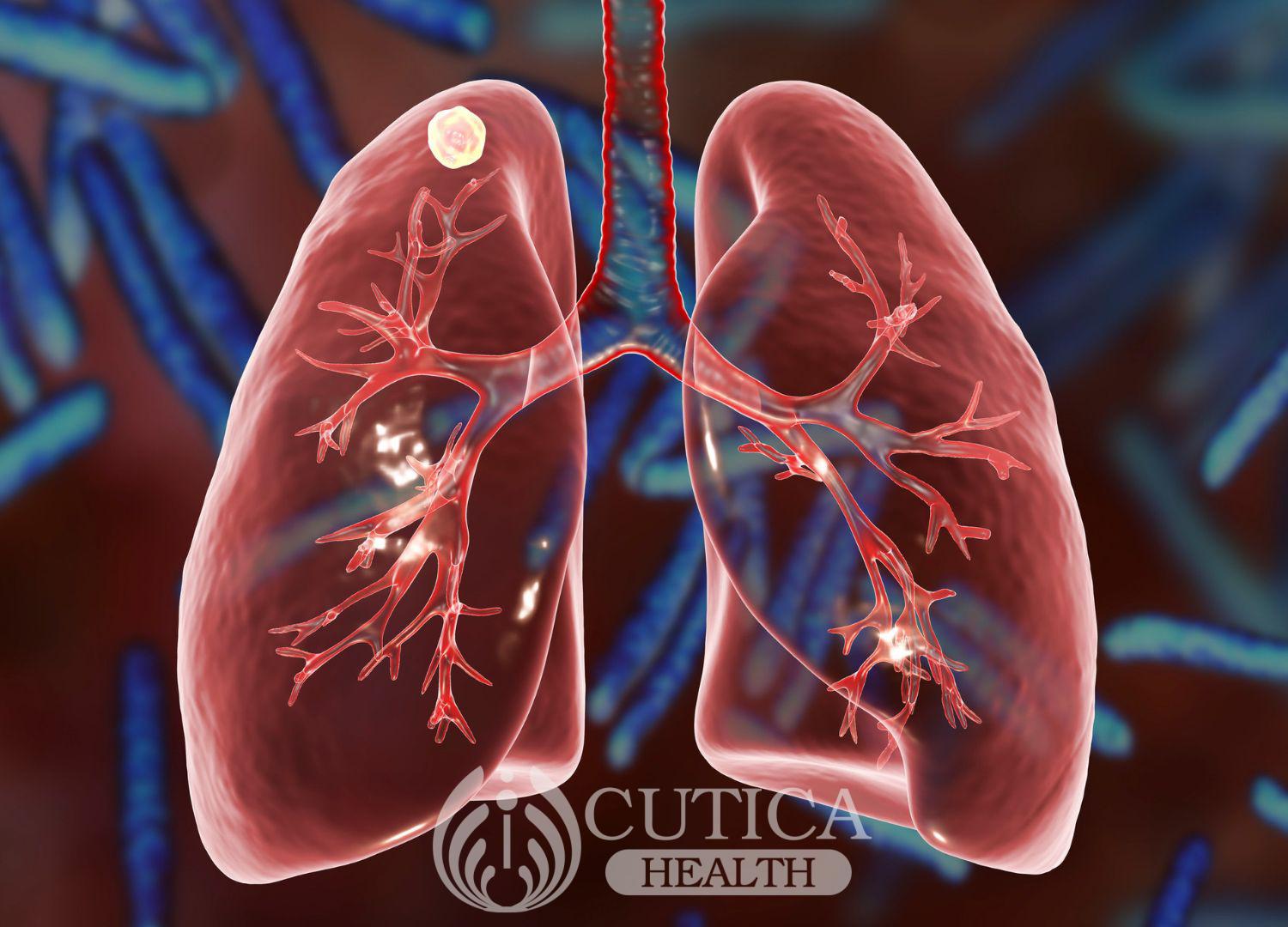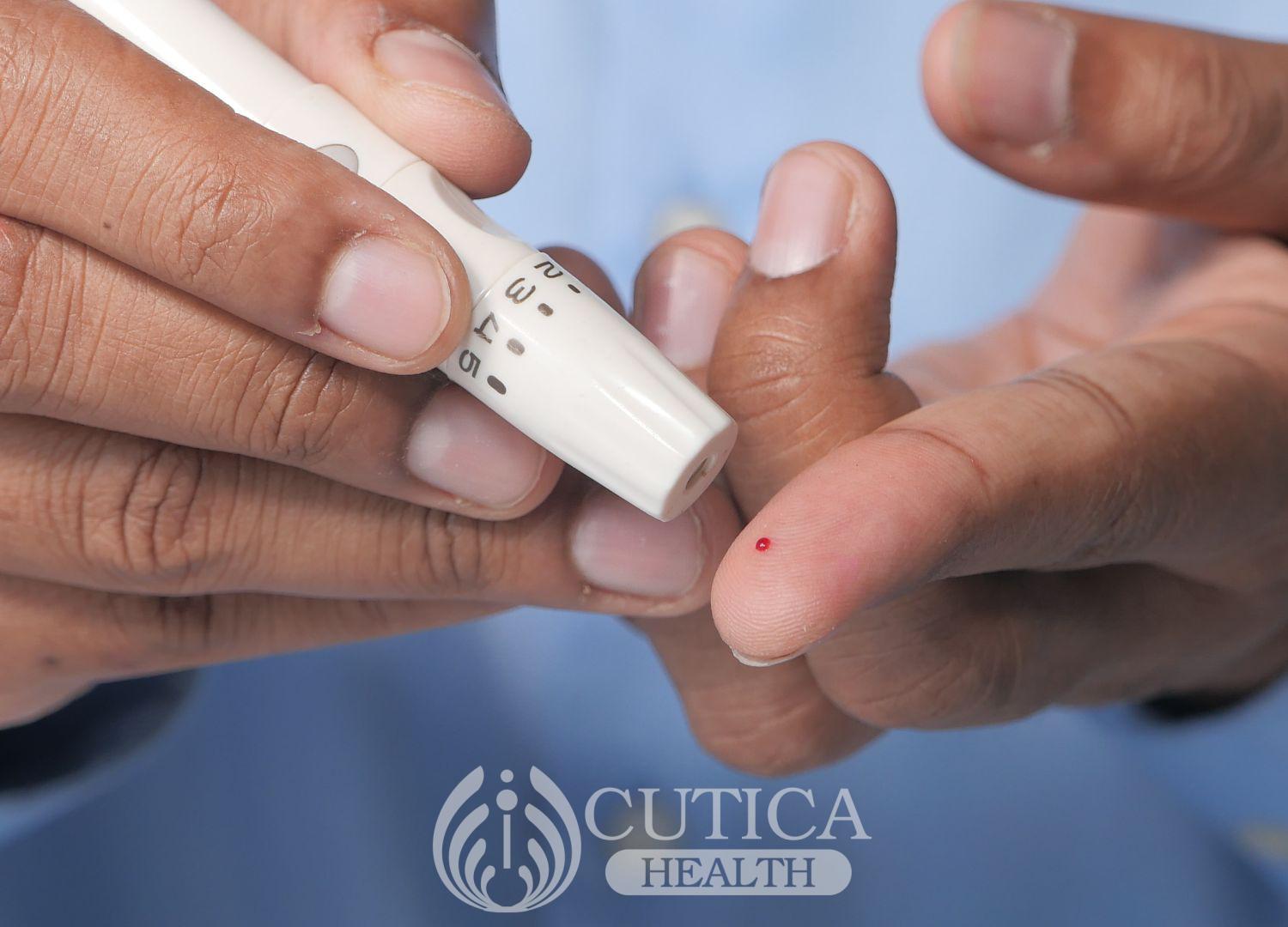
If your headache has this pattern or comes with symptoms such as nausea and vomiting, talk to a doctor to see if you have migraine. It is important to differentiate migraine from other forms of headache because there are specific treatments to prevent migraine and get relief. If you’ve been suffering from headaches since childhood or early adulthood, it is possible you have migraine and not the typical run-of-the-mill or ordinary headache.
Living with Migraine is Never Easy
A serious headache turns an ordinary day into a bad one. Routine tasks in school, at home or the workplace become difficult to bear, and the sufferer often becomes irritable and under productive.
Take Fatima , for example- she has been battling migraines since she was 8 or 9 years old. Her headache occurs every few months and each episode lasts 1-2 days. She’s missed school in the past because of it, and now that she is a 26 year-old woman, she’s never gone 6 months without missing two or three days of work due to headache. Fatima has gotten used to the headaches. In fact, she can tell when the headache is coming because she starts seeing weird light flashes a few hours before the headache starts. The pain is always severe, throbbing, and on one side of her head. What she craves once the headache starts is to be left alone in a dark room, but that’s impossible in her busy life, so she struggles through the day’s activities, and copes by taking all kinds of pain medications every few hours.
What Makes Migraine Different From Ordinary Headache?
Well, Fatima has some, not all, of the tell-tale signs of migraine. This pattern is common.

- Aura—This is one of the ways to know that headache is due to migraine. Auras are symptoms of the nervous system that occur before the headache starts. Such symptoms may be alterations in vision (such as seeing bright light flashes), smell (such as perceiving a strange smell), or sensation (such as numbness in a part of the body), and so on. Ordinary headache causes pain without a preceding aura.
- Attack- this refers to the severe headache itself. It tends to be on one side of the headache, with throbbing or pounding sensation. Sometimes it is accompanied by nausea and vomiting. Migraine headache can last up to 3 days.
- If one pays close attention, it is possible to recognize warning signs several days before migraine headache starts. This is called prodrome. Likewise, a person may feel particularly drained and tired for days after the headache, called postdrome. Fatima did not report having a prodrome or postdrome.
Migraines are often the result of a physical or emotional trigger, and the trigger differs from one person to the other. Possible triggers include overexertion, lack of sleep, unstable blood sugar levels, etc. For emotional triggers one of the most prominent ones is stress. Certain foods bring on migraine in some people. Therefore, persons with migraine need to pay close attention to their body to see if they can identify specific things that trigger their migraine. Avoiding your trigger is a quick way to prevent migraine. Unlike migraine, ordinary headache usually occurs without a specific trigger.
Treatment of Migraine

Since migraine is not ordinary headache, it requires different treatment and not just pain medication. So, it’s important to get treatment from an experienced doctor. If the migraine is severe, your doctor can recommend that you see someone who specializes in managing headaches, called neurologist. Treatment is divided into two categories, which are:
- Prophylactic treatment
- Acute treatment
Prophylactic treatment is taken regularly with the goal of preventing migraine attacks, and lessening the duration and severity of the attacks should they occur. You and your doctor will need to work together to find the prophylactic option that is best for you. Interestingly, the medications used to prevent migraine are also used for other health conditions such as depression and seizures. So, if your doctor prescribes such a medication, don’t be alarmed, just work with him/her to get relief. Remember, that such prophylactic meds must be taken every day or regularly, not when you have the attack, to experience any positive results.

Acute treatment on the other hand is meant to stop the symptoms of migraines. As such, this category of medications is used for relieving pain during a migraine attack. Some acute-treatment medications, such as triptans, work on the underlying cause of the migraine, while others are more traditional pain relievers and anti-nausea meds. People with severe migraine typically need both prophylactic and acute treatment.
When to See a Doctor?
Most people prefer to self-medicate rather than to seek medical help. Sometimes they are fortunate, and the migraine goes away on its own as the person gets older. However, the best treatment for migraines is not something you can do by yourself; you need professional help to manage it properly if you are suffering from it.
If you have already been diagnosed with migraine, symptoms that may suggest things are getting worse or that what you have is not migraine include.
- Feeling dizzy, weak, or can’t move properly
- Having seizures, trouble talking
- Severe sudden headache that is worse that you’ve ever had before
- Fever or confusion
- New headache after the age of 50
You should see a doctor if you have any of these. The doctor may recommend tests such as an MRI scan or a CT scan to find out what is going on in your nervous system. Based on the results, your doctor will recommend the best course of action
Conclusion
Migraine is a fairly common and potentially debilitating condition. By paying close attention to the trigger and working with a competent doctor, you can conquer migraine and live pain free.












